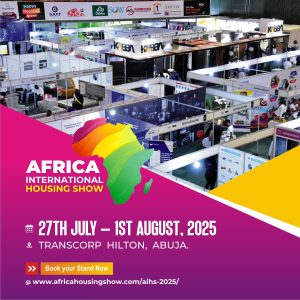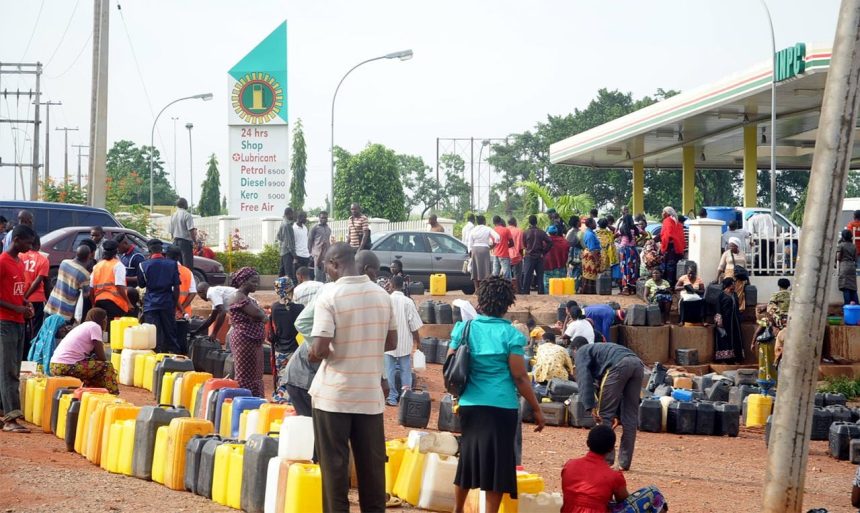Nigeria’s petroleum market is facing renewed pressure as the landing cost of Premium Motor Spirit (PMS) has surged to an average of ₦870 per litre, a figure that now exceeds the price set by the Dangote Petroleum Refinery—further squeezing the margins of fuel importers and raising alarm within the industry.
According to data from the Major Energies Marketers Association of Nigeria (MEMAN), landing costs hit ₦872 on April 28 and ₦868 on April 29. Just a week earlier, the cost averaged ₦859, reflecting a steep upward trend that could prove unsustainable for independent importers.
Meanwhile, Dangote Refinery, which has become a major player since the Federal Government’s “naira-for-crude” deal took effect, has been selling PMS at ₦835 per litre—undercutting average import prices and disrupting traditional pricing structures across the market.
Marketers Face Margin Collapse
This price disparity is now putting immense strain on petroleum marketers and depot owners, many of whom are struggling to avoid operating at a loss.
“Business has slowed significantly due to the arbitrary nature of PMS price changes,” said Billy Gillis-Harry, President of the Petroleum Products Retail Outlet Owners Association of Nigeria (PETROAN). “Fluctuations in price aren’t being well-managed by market forces, and it’s becoming harder for marketers to plan.”
Despite the challenge, Gillis-Harry affirmed that PETROAN members remain committed to maintaining energy supply across Nigeria. “We understand our responsibility to the economy, and we’re doing everything we can to keep fuel flowing despite the hurdles.”

Depot Prices Vary Sharply by Region
Depot prices continue to show significant geographic variation. According to figures from petroleumprice.ng, Dangote, Matrix (Lagos), and Rainoil sold petrol at ₦840 per litre on Thursday. Meanwhile, marketers like Pinnacle, Sahara, and AA Rano priced it as high as ₦889, while NIPCO in Lagos was slightly lower at ₦842.
In the South-South, depots listed higher prices—driven in part by logistics and transport costs—with outlets like Matrix (Warri) and Liquid Bulk both quoting ₦870 per litre.
Despite the general increase, some independent stations have attempted to offer relief. SGR stations in Ogun State—particularly along the Sagamu-Benin and Lagos-Ibadan Expressways—are now retailing PMS at ₦855 per litre, undercutting even Dangote’s partners.
Importers Feel Undercut by Refinery Strategy
While Dangote’s pricing has been applauded by some consumers, importers argue it is distorting the market and making competition impossible. The temporary suspension of the naira-for-crude deal in March saw prices jump to ₦950 per litre, but with the deal now reactivated indefinitely, prices have dropped back below ₦900—to the detriment of traditional importers.
Many are now forced to sell below cost to avoid significant losses, and the industry is growing increasingly vocal about the need for more transparent and equitable pricing structures.
Global Context: Report Flags Incentives for Imports
A recent report by S&P Global highlighted how the Dangote refinery’s pricing strategy, while stable, has not kept pace with falling global crude prices. Between April 1 and 9, global petrol benchmarks (Eurobob M1 swap) fell by 17.9%, but Dangote’s gantry price dropped only 1.7%, from ₦880 to ₦865, before adjusting to ₦835.
This slight adjustment, the report noted, has unintentionally encouraged a rise in product imports to West Africa, where high domestic fuel prices continue to attract international traders.
“Flat prices have been driven down globally, but gantry prices in Nigeria have remained relatively high, which creates an artificial incentive to import,” the report stated.
What’s Next for the Market?
With pressure mounting on all sides, industry watchers are calling for urgent policy clarity. Some advocate for the reintroduction of strategic subsidies or regulated pricing mechanisms to stabilize the market and protect both consumers and businesses.
For now, petrol prices remain volatile, with ripple effects likely to be felt across sectors—especially in transportation, logistics, and consumer goods.



